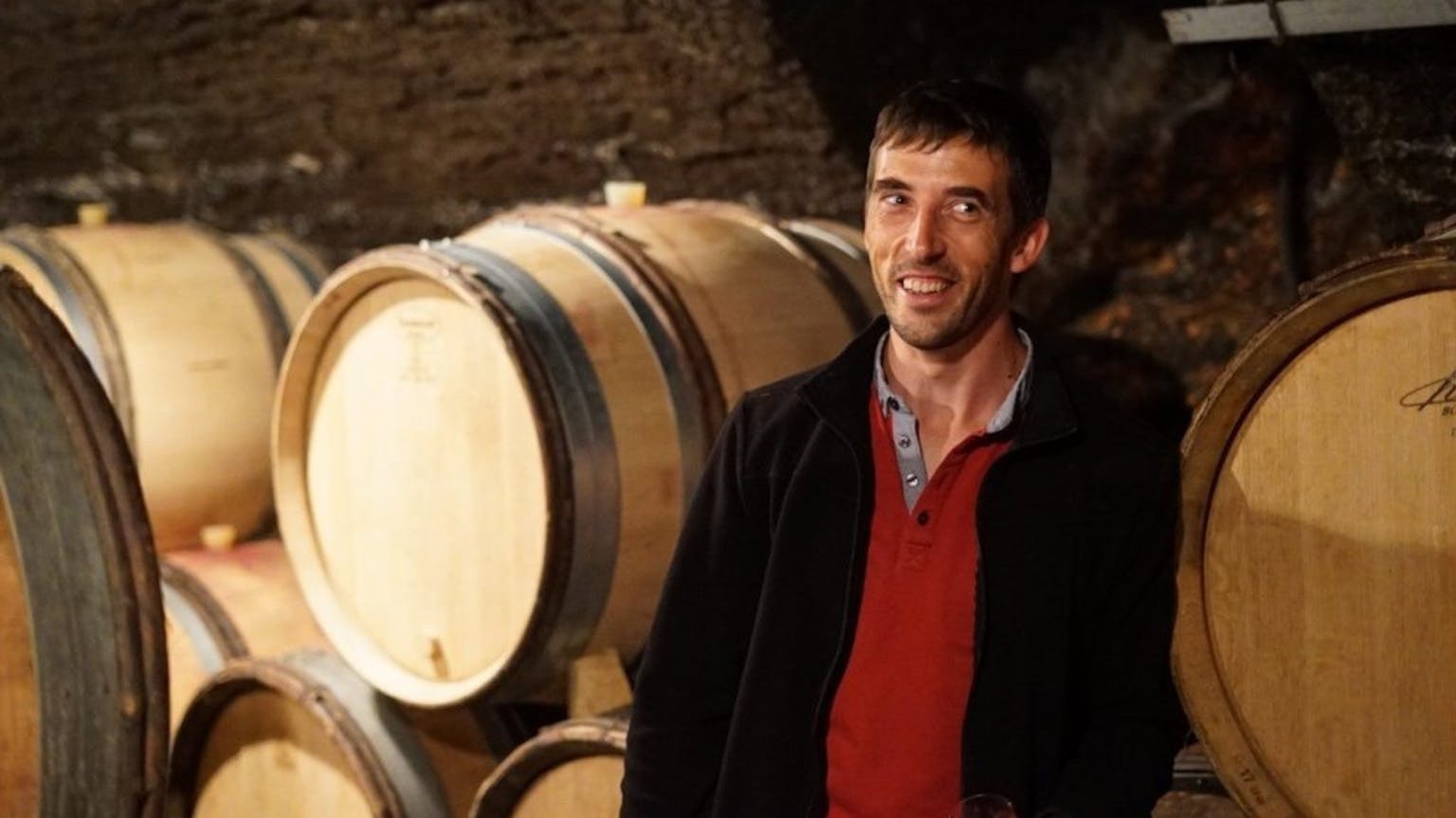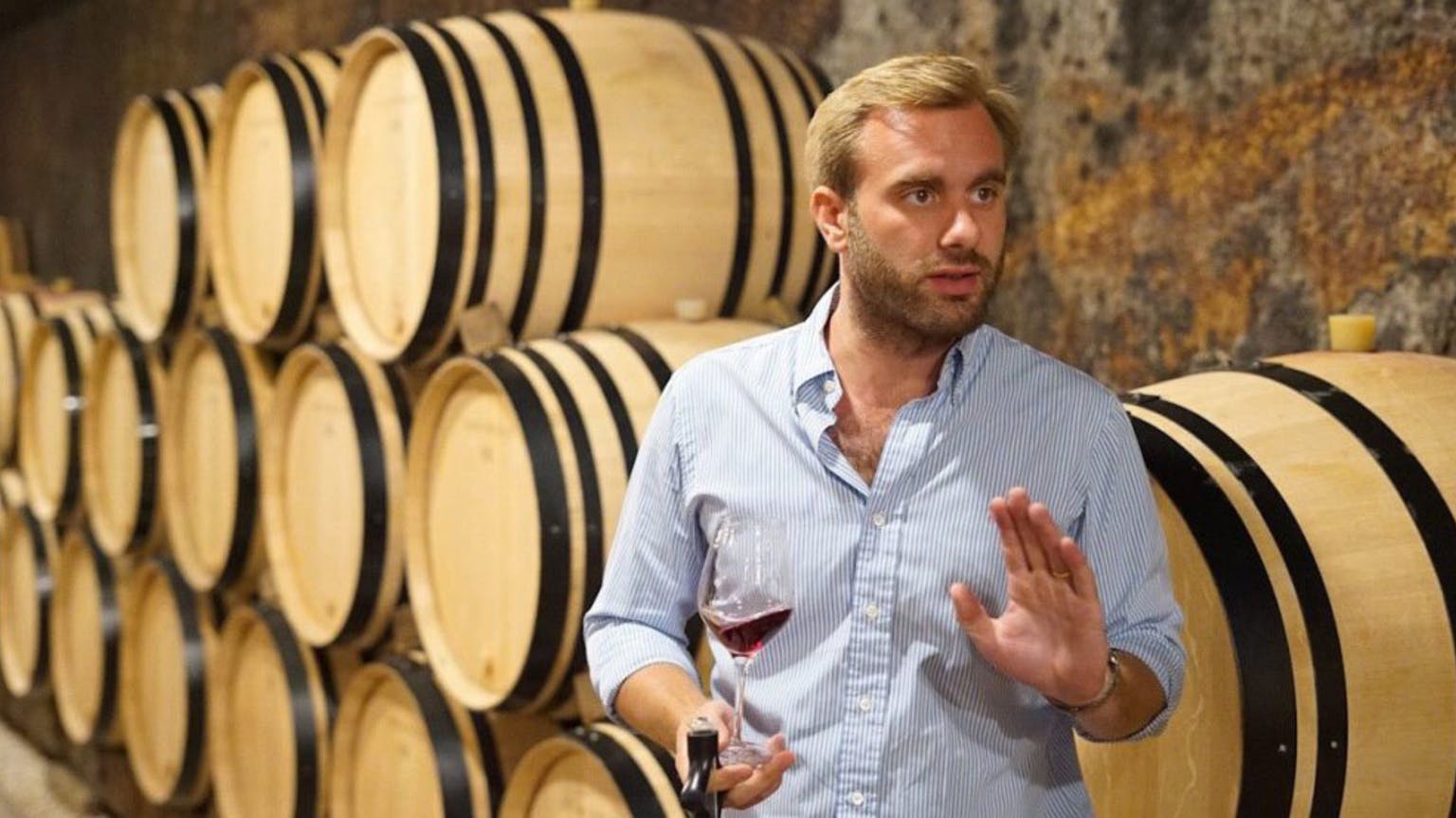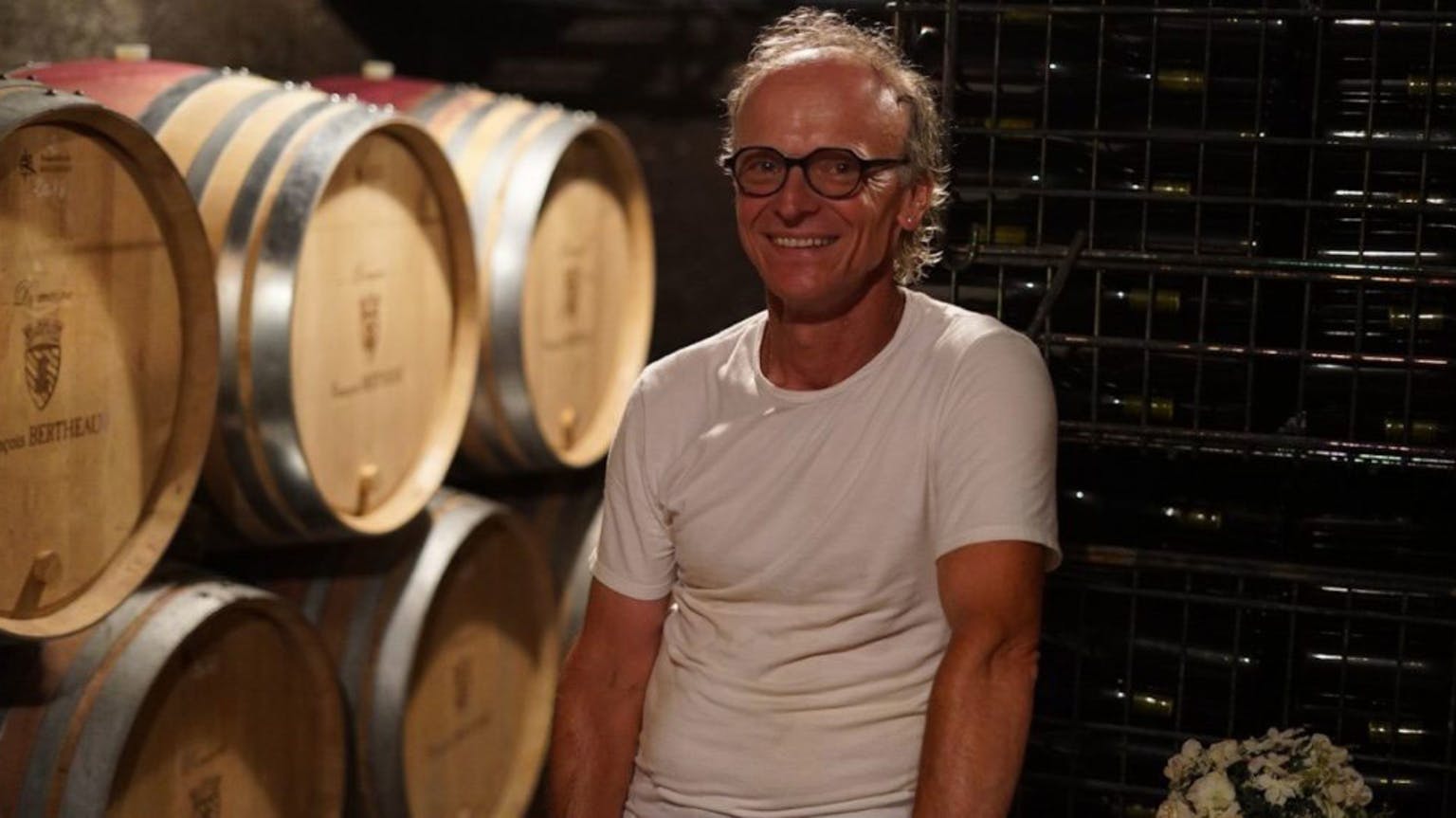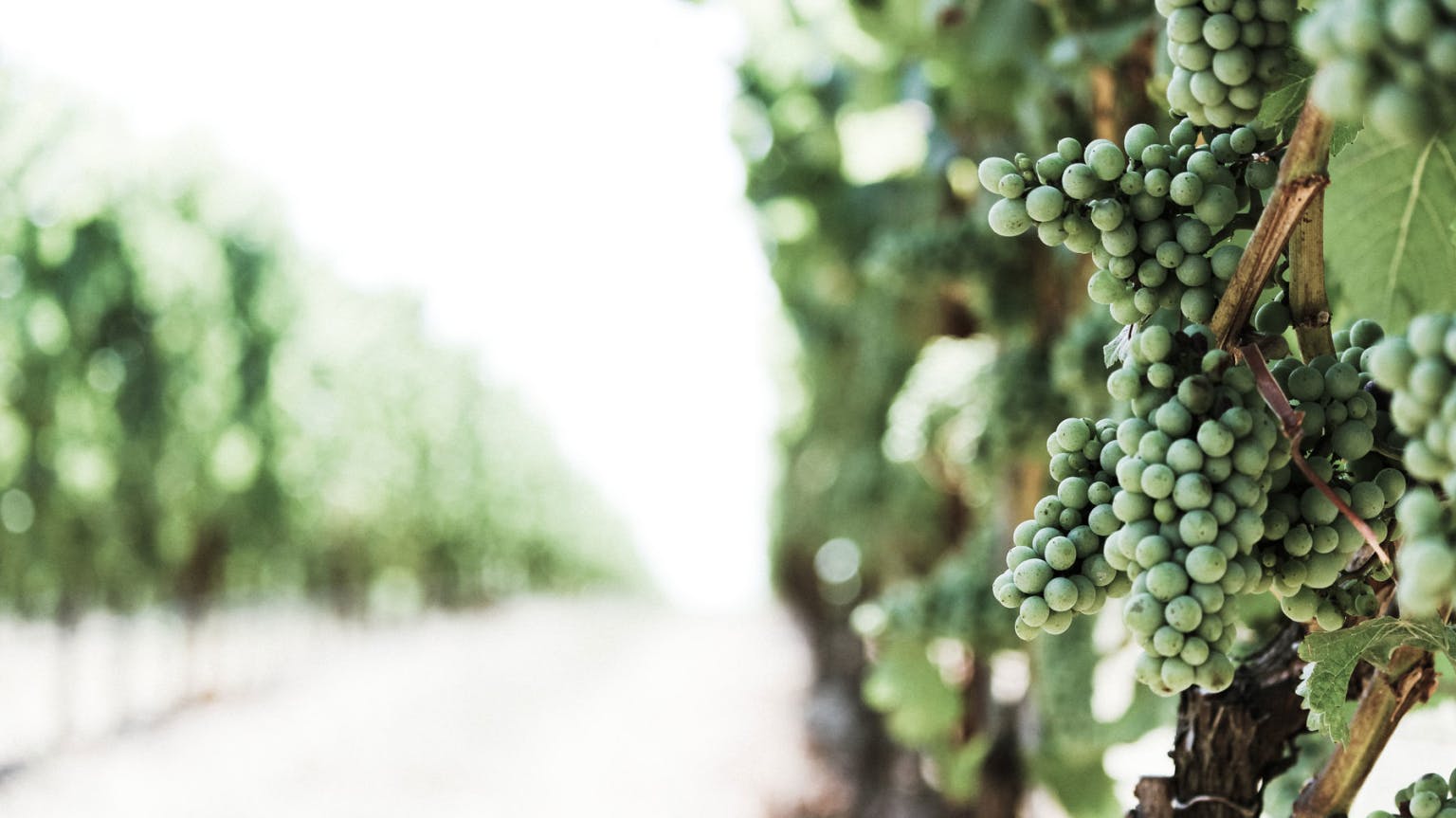F+R: How good is 2018 as a vintage – does it live up to the hype?
Steen Ohman: The 2018 vintage is, however, different from other Burgundy vintages, as both the style and quality of the wines are relatively unpredictable depending on who produced them.
Make no mistake: Choosing the right 2018s will be tricky in a landscape where there are some overripe wines and, even worse, the rare pitfall of overly dense wines that offer little Burgundian finesse. Tastings during the fall and winter of 2019-20 will show who has managed the conditions best – and who has not. Early tastings indicate some severe issues, even with certain prominent producers.
The 2018s were born in a hot, early, plentiful vintage, and most - if not all - wines reflect the warm, generous conditions. In the best wines that generosity is charming, as the maker has balanced it with delightful energy. Other wines display a hotter density and intensity, although still with lovely balance and freshness. On the flip side, some have produced wines that are, in my view, too intense and hot. The combination of very ripe (sometimes overripe) fruit and heavy-handed winemaking can, in the 2018 vintage, be rather problematic.
F+R: How does the 2018 compare to other modern vintages and why?
Steen Ohman: I feel the 2018s are quite closely related to the 2015s – also in a sense a hot year – yet overall the balance and winemaker skill seem to be better in 2018. That said, the irregularity of the 2018 vintage calls for both prudence and further investigation; some vinification mistakes or viticultural issues are rather severe in 2018.
The 2015s are predictable: somewhat hot, but still quite dependable. The 2018s are showing more variation – but at their best they can be very good indeed.
This is a solar vintage, but the best vignerons have found a lovely, vivacious energy that elevates the quality of their wines to a 2015 level, or perhaps even higher in some cases. They are “hot” in the qualitative sense.
The trouble is, however, the significant variability of quality from domaine to domaine and even within a single domaine’s production. That variability is an indication of how fine the balance was between ripe and overripe, and also how random it was, as even some normally very dependable winemakers had problems controlling the 2018s to their liking. The vinification sometimes took odd turns in 2018 – stuck fermentations and the like - and many vignerons are still wondering what really happened when the “Rondo hit the fan” in 2018! – so to speak!!
Elevage is still underway, but some rather major disappointments are already lurking in the rows of barrels in Burgundy’s cellars.
On a positive note, I am generally pleased with the 2018 wines’ quality, and the ample rains early in the growing season have apparently prevented the drought effect seen in 2015 (and likely to been seen in the 2019s).

Pierre Duroche giving his impression of the 2018 vintage
F+R: What were the defining factors in regard to the climate in 2018?
Steen Ohman: 2018 was a hot vintage, but the wines overall have better balance than those from the problematic 2003 vintage, and better than most from the acclaimed 2015 vintage.
The winter and spring of 2017-2018 prevented a 2003 scenario in 2018, as heavy rainfall in the period October 2017 to March 2018 -- among the highest recorded in the last 25 years – prevented serious drought during the summer. Furthermore, the summer nights were somewhat cooler than in 2003 – thus another upside for 2018.
F+R: How were the harvest conditions?
Steen Ohman: The harvest began around August 20th in some early-ripening vineyards. I think that many producers today are much more precise and analytical in terms of ripeness determination, and therefore have timed the harvest better on average – at least better than in 2003 or 1947.
Given the hot conditions in 2018, the harvest seemed relatively ideal. Compared to the notorious 2003 vintage, most producers showed excellent timing.
As mentioned, however, the tipping point was precarious in 2018, and while I think we don’t fully comprehend the problems that occurred during vinification – stuck fermentations for instance – presumably the hot nature of the vintage (high sugars/alcohol) and relatively high pH levels played their parts.
But compared to 2003 - and even the acclaimed 1947 - the vignerons did very well indeed in 2018, as conditions were extreme.
F+R: Was the vintage uniform from Chablis to the Maconnais or did some regions fare better than others?
Steen Ohman: There is considerable variation in quality in Burgundy as a whole; but somehow, I don’t see a systematic geographical component in this variation. Issues seem randomly located, although there are some things to watch out for in 2018.
Firstly, it is very difficult - if not impossible – for a hot year like 2018 to produce a great white vintage. So, while the 2018s whites are delightful and even surprisingly fresh and vivid, I don’t see a great white vintage.
Secondly, the “goût de grêle” (taste of hail) is evident in some wines from the southern part of Côte de Nuits – south of Nuits-Saint-Georges to Corgoloin. Most have sorted the fruit well, but depending on your palate you could find evidence of this problem in some wines. At this stage it’s difficult to assess the problem’s severity, but I have tasted some quite badly marked examples.

The 2018s from Hudelot-Noellat are showing very well as the style accommodates the warmer climate conditions, and it really expresses these richer and generous wines, while raising quality on the way. Chapeau!
F+R: How do they compare the 2018s with the 2017s at this early stage?
Steen Ohman: 2018 and 2017 are not really comparable, as the solar generosity of the 2018 vintage is very powerful. The 2018s do share “likability” with the 2017s, in part at least. But for the reds, 2018 is a bigger, hotter and more intense vintage. For the whites, I prefer the 2017s – although they also have a slightly hot note.
F+R: In a vintage like this, does terroir become more or less important?
Steen Ohman: Terroir is always important, and in hot years it has an especially strong impact. The big terroirs can support the heat and will reveal it in their fruit – hence they can really shine in years like this. Lesser terroirs will struggle to assert themselves in the wine.
This does not mean that lesser terroirs have not shone in 2018; but their qualities will reveal themselves perhaps on a shorter-term, more hedonistic basis: They drink well. But in the end, the big terroirs will shine – if revealed properly by the winemaker.
F+R: Have you noted different impressions of the vintage depending on the grower or village?
Steen Ohman: I have not noted any systematic difference in quality across the appellations – and the producers with apparent issues are spread rather randomly across the Burgundian landscape.
As usual in hotter years, the Cotê de Nuits seems to edge ahead with its reds – as higher alcohol levels often are an issue in Côte de Beaune. While 14% might be acceptable to some in a wine’s youth, there is a big risk that one will not find the alcohol very charming after 10 years of cellaring.
F+R: What are the positives regarding the 2018 vintage?
Steen Ohman: The positive side of this vintage is that the vignerons have done very well considering the hot conditions. In 1947 and 2003 the outcomes were worse and even more variable. Importantly, the 2018s mostly offer quite a lot on the hedonistic side: They simply taste very good.
F+R: And the negatives?
Steen Ohman: The negatives are the apparent randomness of problems, and vinfication issues the producers have faced – aside from the hot conditions. This vintage still puzzles me, and it still seems to annoy vignerons that had a less-than-lucky hand in 2018.
This is a tricky year with - in the worst cases - dark wines and high alcohol to match!

Francois Bertheau - The 2018 vintage is showing beautifully and I have never seen the wines from François Bertheau shine as brightly as in this hot and somewhat variable vintage. The Bertheau 2018s are a hedonistic treat.
F+R: At this early stage, which appellations and producers are you most excited about in the 2018 vintage?
Steen Ohman: The 2018 vintage is one of the most surprising that I have tasted over the years. At this early stage of elevage – very early – I would like to highlight Domaine Bertheau in Chambolle-Musigny for producing some truly delightful 2018s – with Les Amoureuses and Bonnes Mares being the highlights.
Less surprising is Domaine Georges Noëllat – tasted very early with some still in malo – but a lovely lineup from Maxime Cheurlin, perhaps rivalling the 2015s. Domaine Duroché in Gevrey-Chambertin produced some very vivid wines – a delightful range from the villages to the Grands Crus.
Domaine Fourrier in Gevrey has also produced tremendously fine wines in 2018 – balance-wise even surpassing their 2015s, being somewhat cooler and more vivid. I also found the portfolio of Cecile Tremblay very exciting, containing some of my favorites – the Chapelle-Chambertin is one to mention here.
Lastly Domaine Y. Clerget in Pommard has produced a beautiful lineup. Thibaud Clerget is really a talent to follow, with all the wines in the range shining beautifully.
The radar is scanning low these days in Burgundy, but I have a few new names. Domaine Moron-Garcia is one of the exciting new producers in Nuits-Saint-Georges, where Matthieu Moron and Pierre-Oliver Garcia produce some vivid and special wines employing the “baie-par-baie” technique – hand-destemming part of the fruit. The results from this are very interesting.
Furthermore, in Nuits-Saint-Georges we have Maison Thiriet, a new startup (first vintage 2016). Camille Thiriet is producing some exciting new wines; mainly lesser appellations, but magnificent quality nevertheless.
While I still have only tasted the 2017 vintage – the 2018 will be on my November program – I feel I must highlight a new producer in Meursault: Domaine Pierre Girardin, the younger son of Vincent Girardin. Pierre Girardin is a new name to look for in Meursault.
F+R: What winemaking trends are you seeing in Burgundy?
Steen Ohman: The winemaking trends - or should I say the viticulture trends - are in the vineyard: Improving canopy management and explore different methods of pruning the vines. Canopy management becomes more and more important as global warming threatens to damage the grapes, or at least speed up ripening. A large number of producers are experimenting with higher posts and taller canopies in the vineyard – examples are Domaine Leroy, Arnoux-Lachaux and Domaine Hubert Lamy.
F+R: Can you give us a producer profile of your favorite producers from each of the main regions of Burgundy – Cote de Nuits, Cote de Beaune, Maconnais, Cote Chalonnaise, Chablis
Steen Ohman: Chablis is sort of outside my home turf, yet I still from time to time enjoy a wine from the area. My favorite in Chablis is Vincent Dauvissat, although I can taste that others might be producing better wines. While Dauvissat produces a big range - including the mighty Grand Cru Les Clos – my favorite here is Chablis 1er Cru Les Forets for its delightful mineral intensity and balance. This drinks very well indeed. His style is rather classic, and expresses what I am looking for in Chablis
Domaine Marc Roy in the Cote de Nuits is not a large estate with multiple grand crus in its portfolio. This is a small, family estate owned by Alexandrine Roy and her father, and they consistently produce vivid and extremely enjoyable village wines from the Gevrey-Chambertin appellation. Their 2018s are truly delightful. This is one of my very favorite producers, as it is an uncompromising estate producing wines brimming with hedonistic pleasure. The wines are accessible and offer delightful drinking even quite early on. They are expressive wines, and always good for a joyful ride into the sunset. The Cuvée Alexandrine is a delightful treat made from millerandage grapes only.
Moving to the Côte de Beaune I need to mention a very small, and so far rather unknown, producer in Puligny-Montrachet – Domaine Thomas-Collardot. This is a tiny new estate offering a lineup of interesting Puligny villages wines including Les Enseigneres, and the excellent 1er cru Les Folatiéres.
Lastly, I have Domaine Vincent Dureuil-Janthial in Côte Chalonnaise, one of the most talented winemakers in Burgundy. The domaine is located in Rully, south of Côte de Beaune, and now comprises of 17 ha of vines. The lion’s shares of the vineyards are located in Rully, but a few wines are made outside the home soil. Two whites from Puligny-Montrachet – Corvée de Vignes and Champ Gains – as well as two reds from Côte de Nuits are normally are on the program: a generic Nuits-Saint-Georges and the Nuits-Saint-Georges Clos des Argilliéres. This is a producer to taste and follow.

